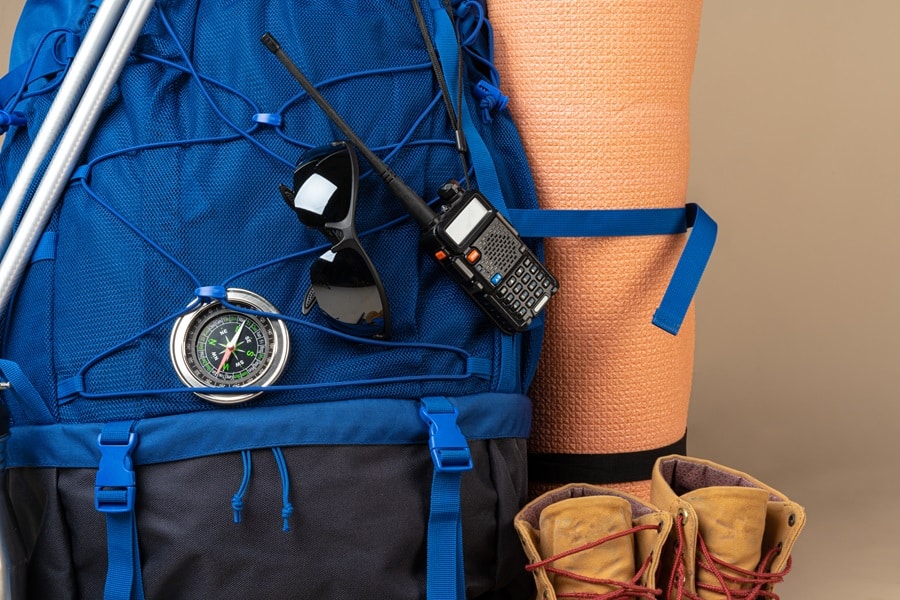Outdoor safety is not just a concern for humans; it’s equally crucial for our four-legged companions. Whether it’s a simple walk in the park or an adventurous hike, ensuring your dog’s safety outdoors is paramount. Many risks, such as traffic, other animals, and natural hazards, can pose a threat to an untrained dog. This post aims to guide dog owners through the process to train your dog for outdoor safety. From understanding your dog’s behavior to specialized commands for outdoor situations, this comprehensive guide covers it all. Let’s dive in to make every outdoor experience enjoyable and safe for both you and your furry friend!
Contents
The Importance Of Outdoor Safety
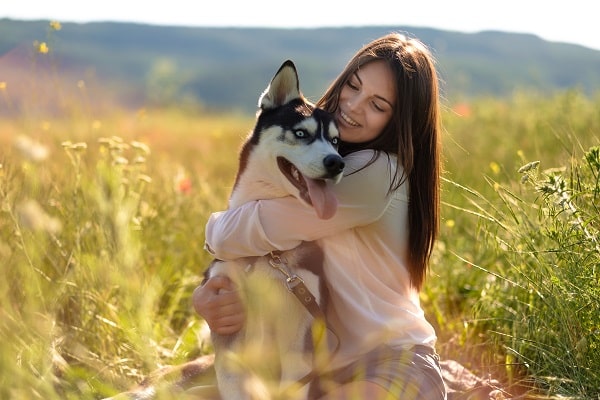
The significance of outdoor safety for dogs cannot be overstated. Accidents can happen in the blink of an eye, whether it’s a car speeding down the road or an encounter with a wild animal. Understanding the risks involved helps in better preparation and training, ensuring that both you and your dog can enjoy the outdoors without any mishaps.
Legal consequences are another aspect that underscores the importance of outdoor safety. Many places have leash laws and regulations against dogs becoming a public nuisance. Failure to adhere to these can result in fines or even more severe penalties. Moreover, there are health implications, such as exposure to parasites and toxic substances, which can have long-term effects on your dog’s well-being. Therefore, it’s essential to have the necessary knowledge and training to keep your pooch safe outdoors.
Basic Obedience Training
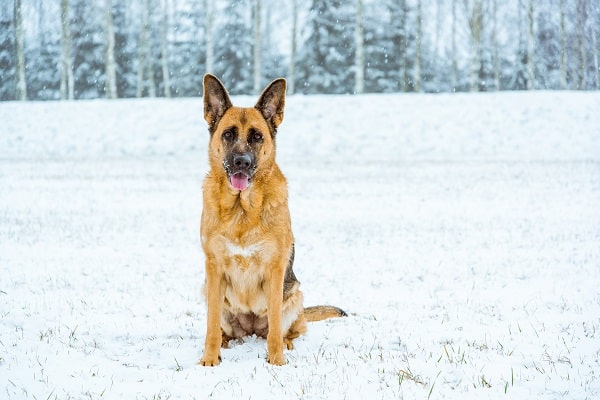
Before venturing into specialized training for outdoor safety, mastering basic obedience commands is essential. Commands like “sit,” “stay,” “come,” and “heel” form the foundation upon which more advanced training can be built. These commands are not just for show; they can be life-saving in emergency situations.
For instance, the “stay” command can prevent your dog from running into a busy street, while “come” can be useful if you need to call your dog back to you quickly. Consistency is key in obedience training. Regular practice sessions, positive reinforcement, and patience are crucial for ingraining these commands into your dog’s behavior.
Leash Training
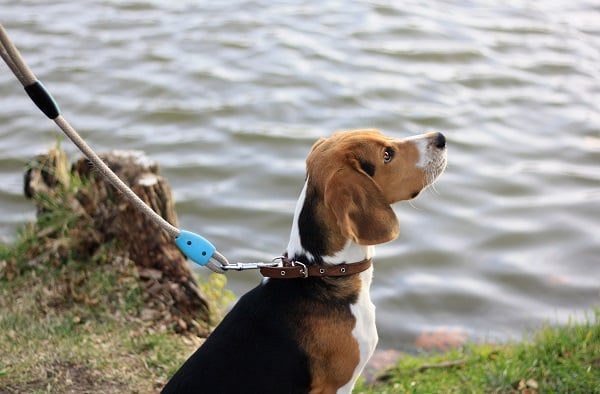
Leash training is another fundamental aspect of preparing your dog for the outdoors. A well-trained dog should walk beside you without pulling on the leash, making the experience enjoyable for both. Leash pulling not only makes walks stressful but can also lead to injuries for both the dog and the owner.
Furthermore, different types of leashes serve various purposes. Retractable leashes give more freedom but less control, while standard leashes offer the opposite. Leash aggression is another issue that needs to be addressed. Some dogs tend to become more aggressive when on a leash due to the restricted movement and heightened sense of territory. Understanding these nuances can significantly improve the quality of your outdoor adventures.
Socialization Skills

Socialization is a critical component of a dog’s training, especially when it comes to outdoor safety. A well-socialized dog is less likely to react aggressively or fearfully to new situations, people, or other animals. This is particularly important in public spaces like parks, where your dog is likely to encounter various stimuli. Socialization reduces the chances of your dog becoming stressed or anxious, which can lead to unpredictable behavior.
The process of socializing a dog involves gradually introducing them to new environments, people, and other animals. Positive experiences during these introductions can significantly reduce fear and anxiety in future encounters. Whether it’s a casual walk in the neighborhood or a trip to a busy dog park, each experience is an opportunity to reinforce good behavior and build your dog’s confidence.
Off-Leash Training

Off-leash training offers dogs a sense of freedom and allows them to explore their surroundings more naturally. However, this freedom comes with its own set of risks, such as the possibility of the dog running off or getting into dangerous situations. Therefore, off-leash training should only be considered once basic obedience and leash training are well-established.
Vital elements of off-leash training include reliable voice commands and excellent recall abilities. A dog should respond immediately to commands like “come” or “stay” even when off-leash. Situational awareness is another crucial aspect; both the dog and the owner need to be aware of their surroundings to prevent any mishaps. Off-leash training is a gradual process and should be initiated in controlled environments before attempting it in open spaces.
Identifying And Avoiding Hazards

When spending time outdoors, it’s essential to be aware of the various hazards that could pose a risk to your dog. These could range from busy roads and traffic to wild animals and toxic plants. Training your dog to avoid these hazards is a proactive approach to ensuring their safety. For example, the “leave it” command can be invaluable when your dog shows interest in a potentially dangerous object or plant.
In addition to training your dog, owners should also educate themselves about common outdoor hazards. Knowing what poisonous plants look like or what areas are frequented by wild animals can go a long way in preventing dangerous encounters. Always be vigilant and opt for safer routes or times of day for outdoor activities when possible.
Emergency Situations
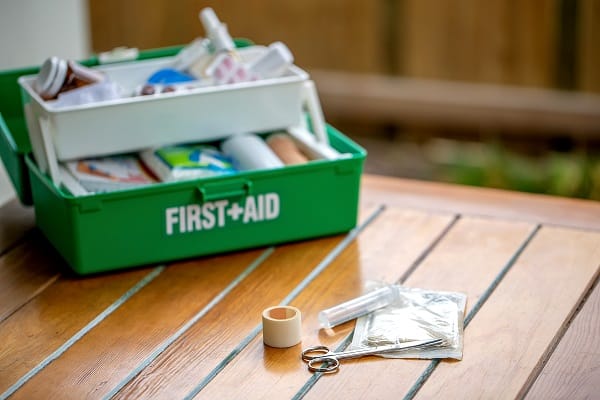
Despite all the training and precautions, emergencies can still occur. Being prepared for such situations is crucial for minimizing harm and ensuring a quick resolution. An essential first-aid kit tailored for dogs, including items like bandages, antiseptics, and a muzzle, can be a lifesaver. Knowing basic first aid procedures for dogs can also make a significant difference in the outcome of an emergency.
Training your dog to respond to emergency commands is another layer of preparedness. Commands like “stop” or “down” can be useful in urgent situations requiring immediate action. Additionally, always have your vet’s contact information and the nearest emergency animal hospital readily available. In a crisis, every second counts, and being prepared can make all the difference.
Gear And Equipment
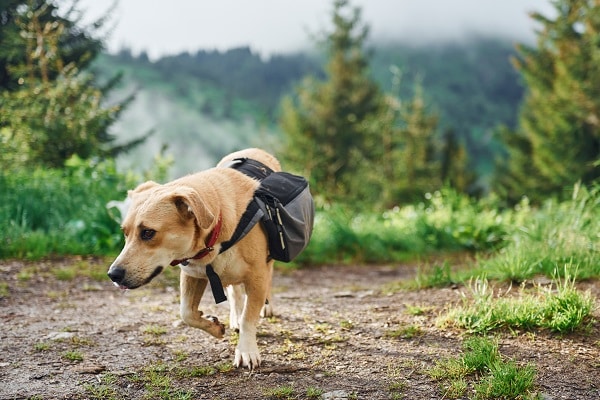
Equipping your dog with the right gear can significantly enhance safety during outdoor activities. Items like harnesses offer better control than traditional collars and are less likely to cause injury. Reflective gear is essential for visibility during low-light conditions, such as early morning or late evening walks. GPS trackers can also provide an extra layer of security, helping you locate your dog if they wander off.
Choosing the right equipment involves considering your dog’s specific needs and activities. For example, if you frequently go hiking, invest in durable boots to protect your dog’s paws from rough terrain. In addition, water bottles designed for dogs can keep them hydrated during long walks. And finally, always ensure that the gear is comfortable and well-fitted to avoid any discomfort or potential injuries.
Ensure Your Dog Receives The Proper Training For Outdoor Activities!
Keeping your furry friend safe outdoors doesn’t have to be a complicated task. This guide has aimed to give you practical tips to train your dog and insights, from basic commands to what gear works best. But remember, the key to a safe and fun outdoor adventure is preparation and awareness. Investing a little time in training can make all the difference. So go ahead and enjoy those long walks and playful afternoons in the park, knowing you’ve taken steps to keep your dog safe and happy!
